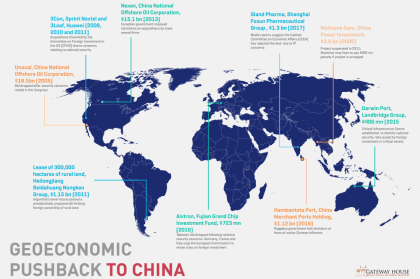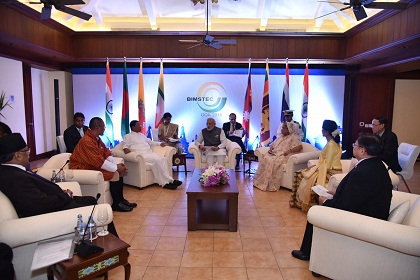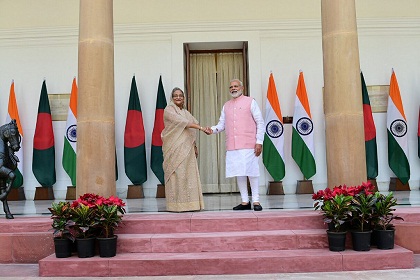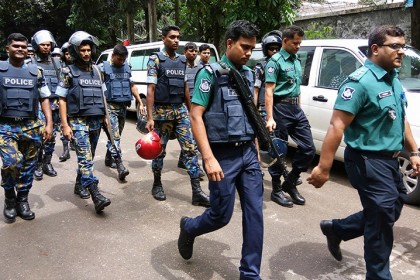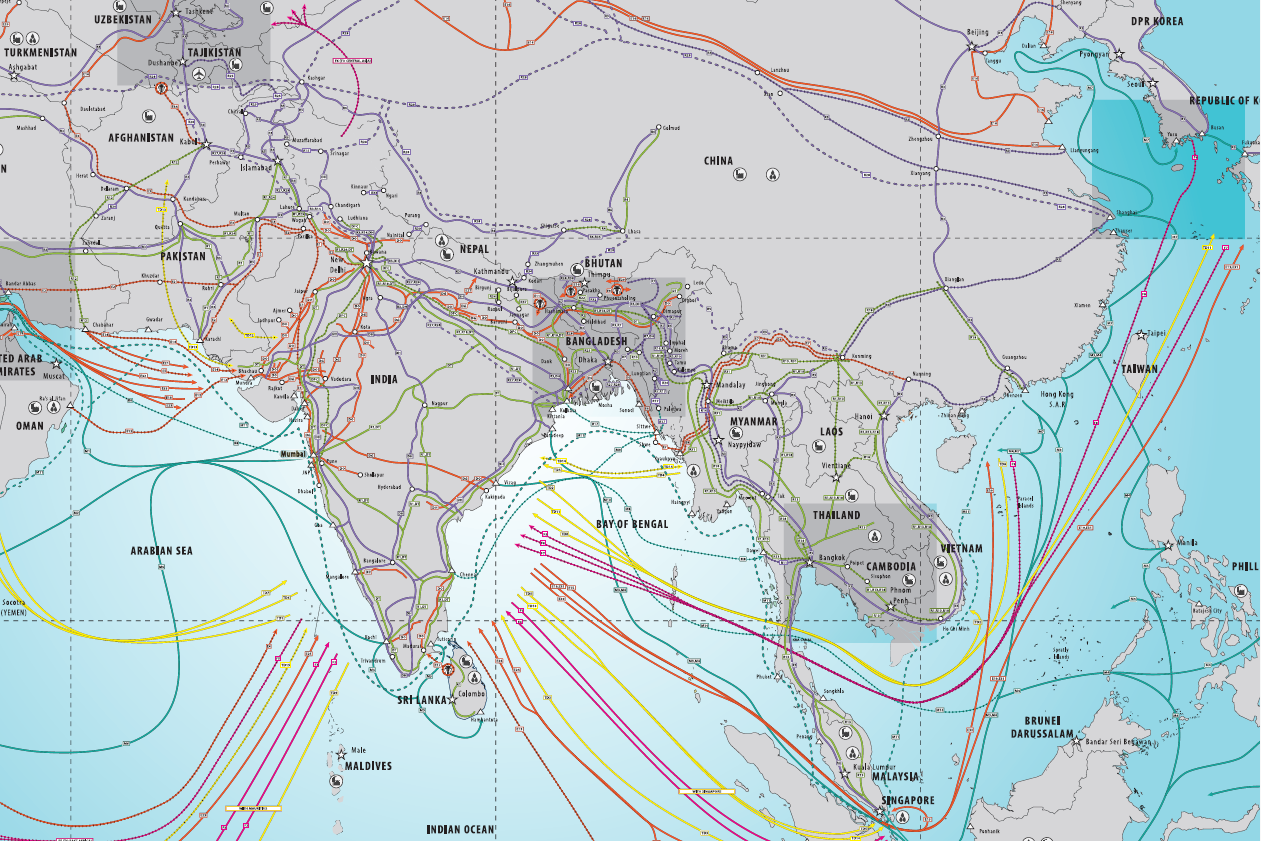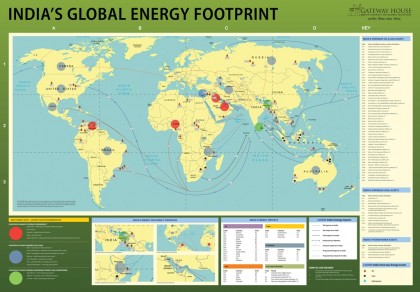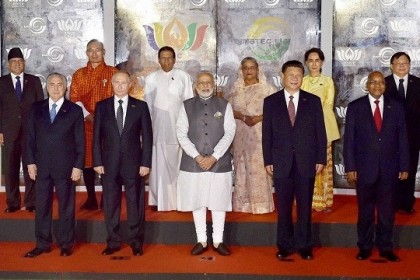Partition’s Punjabi imprint on Bombay
The Sikh and Punjabi community of Sion-Koliwada Camp, Mumbai, hailed mostly from the Muslim-majority North West Frontier Province (NWFP), rather than undivided Punjab. They brought to their adopted city – and to India – a rich and varied cultural presence



